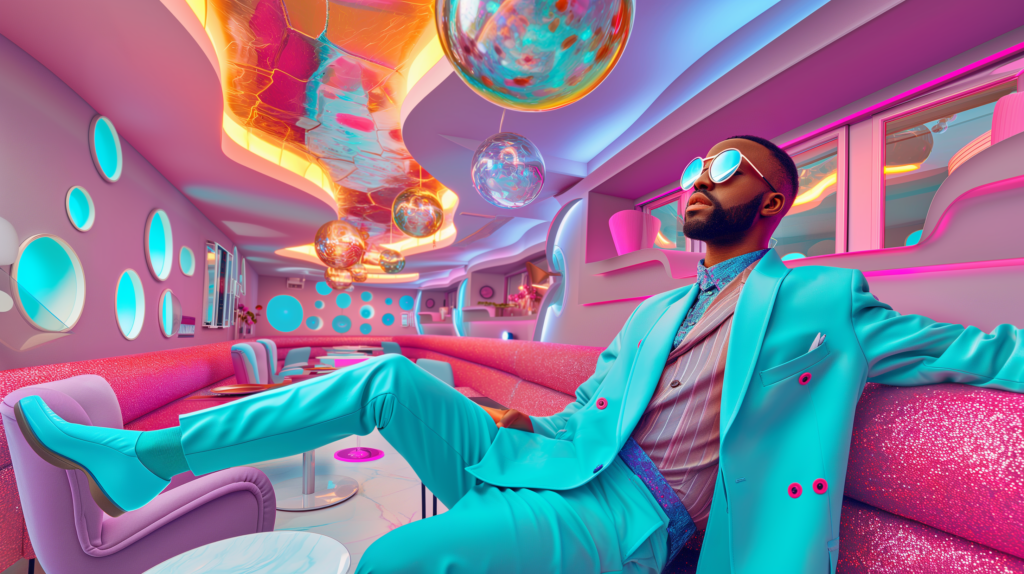
A New Era in Content Creation
Hollywood is on the verge of an unprecedented transformation. A seismic shift is coming, not from traditional studios or blockbuster directors, but from AI and Gen AI.
Comprehending the scale of things on the Internet is always a challenge but looking at some of the data from Doug Shapiro’s insightful analysis provides a sobering and mind-blowing appreciation for the sheer scale of this upcoming shift.
The Scale of YouTube: A Zillion Hollywoods

As Shapiro points out, while Hollywood produces about 15,000 hours of content a year, Youtube gets roughly 300 million hours uploaded in the same period. This translates to 720,000 hours daily, a volume so immense that a mere 0.1% of YouTube content equates to the output of 20 Hollywoods. If only a small percentage of that content begins to rival traditional Hollywood, the industry is in trouble.
0.1% of YouTube content equates to the output of 20 Hollywoods
Doug Shapiro

The point that statistic makes clear is that the quantity of YouTube video dwarf’s Hollywood and the only thing that’s holding back a massive upheaval is the quality of that content. Youtube content could improve without AI and blow up Hollywood with the UGC content it has now but the question is: what is Gen AI’s role in that process? Will it accelerate it? As I see it Gen AI could help YouTube climb high enough up the quality ladder in one of two ways:
- Gen AI could provide AI filmmakers to achieve near-Hollywood quality visual and other effects at pennies on the dollar, making their work more appealing to Hollywood audiences.
- The immense data-set that gets uploaded to YouTube could in itself represent a competitive advantage against Hollywood as a source of LLM training data.
The proportionate differences between YouTube’s UGC vs. Hollywoods professionally produced content also poses interesting questions. If Gen AI tools are training on both datasets (and we’re not clear what they’re training on now) how does that impact the output? In other words, should we really be worried about someone knocking of Kubrick or Wes Andersen when their content represents only a tiny, tiny fragment of the dataset? What will the emerging aesthetics be when the training data is cat videos and endless walks through random Asian cities? We will find out.
Another thing to consider are the other video assets that Google has at its disposal. Consider the data it has in Google Maps to power StreetView. Every month, Google refreshes the geotagged video recordings of every major city street and has a video recording of every location, making it at least theoretically possible to create near real-time scene rendering, enabling filmmakers to recreate any place on Earth with pinpoint accuracy.
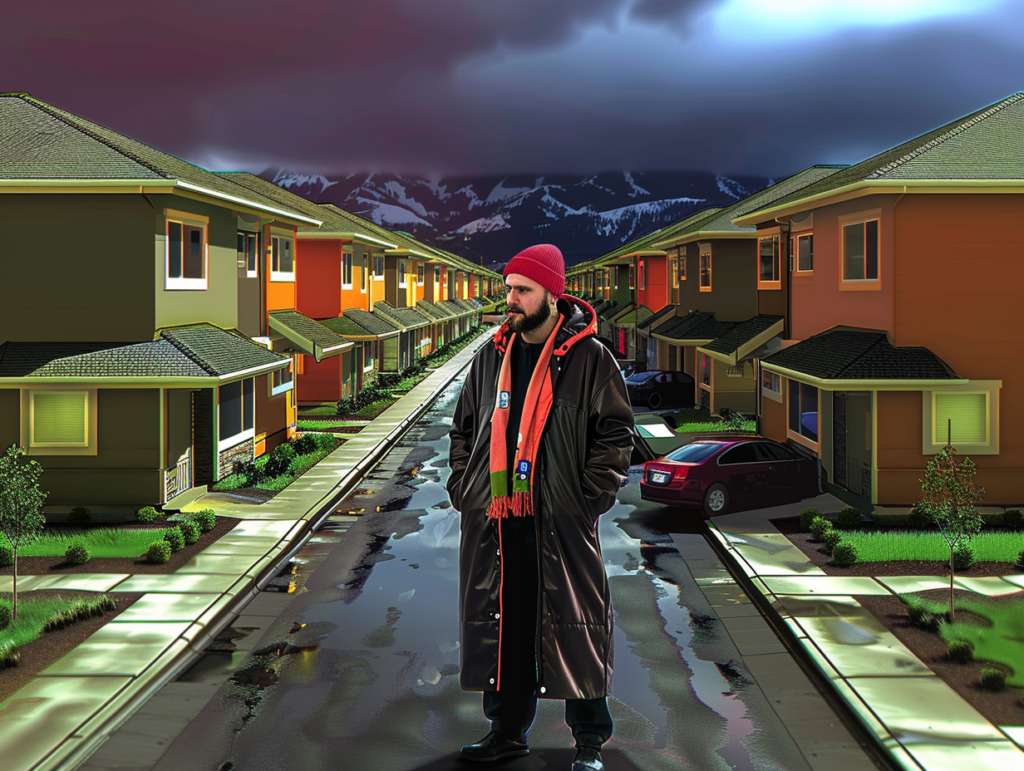
Imagine a world where a director can virtually transport their audience to the bustling streets of New York City or the serene landscapes of rural Japan without ever leaving the studio and have that rendering be empirically accurate. The possibilities for low-cost new forms of filmmaking and storytelling are mind boggling and could disrupt traditional film (as well as television newsrooms) across the globe.
Disruptive Forces at Play
Shapiro suggests that Hollywood has so far only been challenged by disruptions in distribution systems. However, the next wave, driven by Gen AI, will challenge the core of content creation itself. Shapiro focuses on four key trends that are driving this including audience fragmentation, the tendency for hit content to come in concentrated form, the disintermediation of current distribution channels and the virtualization of production.
The Televised Revolution
The revolution in Hollywood may or may not be televised but it is happening on your TV set. One thing I was surprised to learn was just how much media we consume: adults spend an average of 13 hours per day consuming media, with over five hours dedicated to video alone.
The problem with this astonishing number is that we’ve literally maxed out our media consuming behaviour. Without adding additional hours to the day we are unlikely to see this number grow. With this zero sum game the only option is to steal audience attention from one medium to feed another and right now video is eating the rest.


The other thing this new saturated media diet includes is a shift from traditional TV to streaming, and from long-form to short-form video. And within this context YouTube accounts for nearly 10% of all TV viewing, cementing its place as the top streaming platform on TV (sorry Netflix). TikTok is another variable in this mix but given their uncertain future in the US we’ll tackle that another time.
YouTube accounts for nearly 10% of all TV viewing
Like TikTok, Youtube is well suited to succeed in Shapiro’s highly fractured mediascape. As a leader in algorithm-driven recommendations and user-generated content models they are perfectly aligned with the fragmented viewing habits of modern audiences. The armies of disruption are amassing at the border and they are enormous in number, playing on your TV and formatted for today’s audiences. Hollywood will need to restock the alligators in the moat.
The Christensen Theory in Practice
Clay Christensen’s theory of Disruptive Innovation provides a framework for understanding how this may play out. As I’ve written previously, in Christiansen’s model, new entrants offer products or services perceived as inferior by traditional users but attract a brand new cohort of customers. These customers value different attributes, enabling the new players to innovate rapidly and eventually overtake the incumbents. In the context of Hollywood, AI and platforms like YouTube are these disruptive forces.
Shapiro’s analysis highlights the economics of this disruption, particularly as it applies to Hollywood. Traditional filmmaking involves significant costs, with above-the-line (ATL) expenses—covering talent and key creative roles—constituting 15-25% of a film’s budget. Below-the-line (BTL) costs, including production and technical expenses, make up 75-85%. For big-budget films, this translates to around $1 million per minute. AI film, on the other hand has a very different cost structure when much of this work can be automated, created synthetically and produced virtually.
Costs like these look like giant bullseyes in the minds of shareholders and the financial minds in Hollywood and it’s just a matter of time before they start firing arrows. Most of these costs are labor so if (and more likely when) they are cut there will be significant human costs.
On the revenue side, Hollywood requires big paydays to fund big budget movies that can run into the hundreds of millions. This is why they are so risk averse when they pick their projects. YouTube operates on a vastly different economic model. While most Youtubers don’t make much money (99.75% make less than $1,000 / yr) if even a small percentage are able to earn revenue it adds up. Consider this: if the remaining 0.25% of Youtubers made the minimum $1000 annual threshold and this accounts for the proportionate amount of uploaded content it would amount to almost a billion dollars annually. Although he is an exception to the rule, Mr Beast reportedly makes hundreds of millions from his channel.
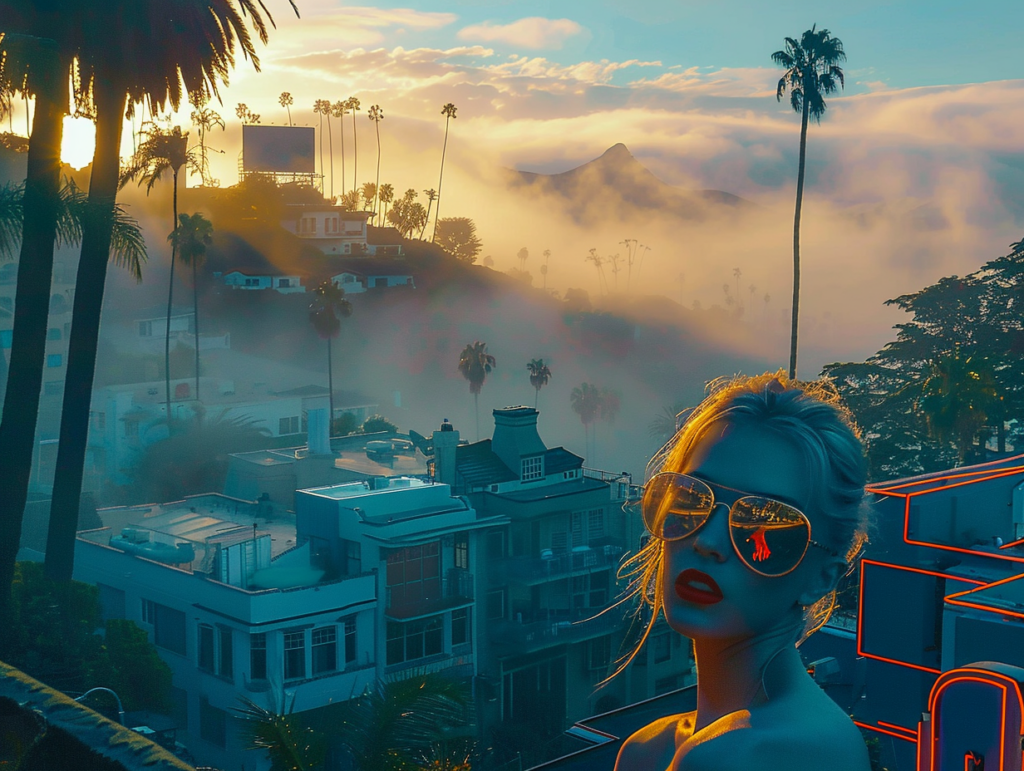
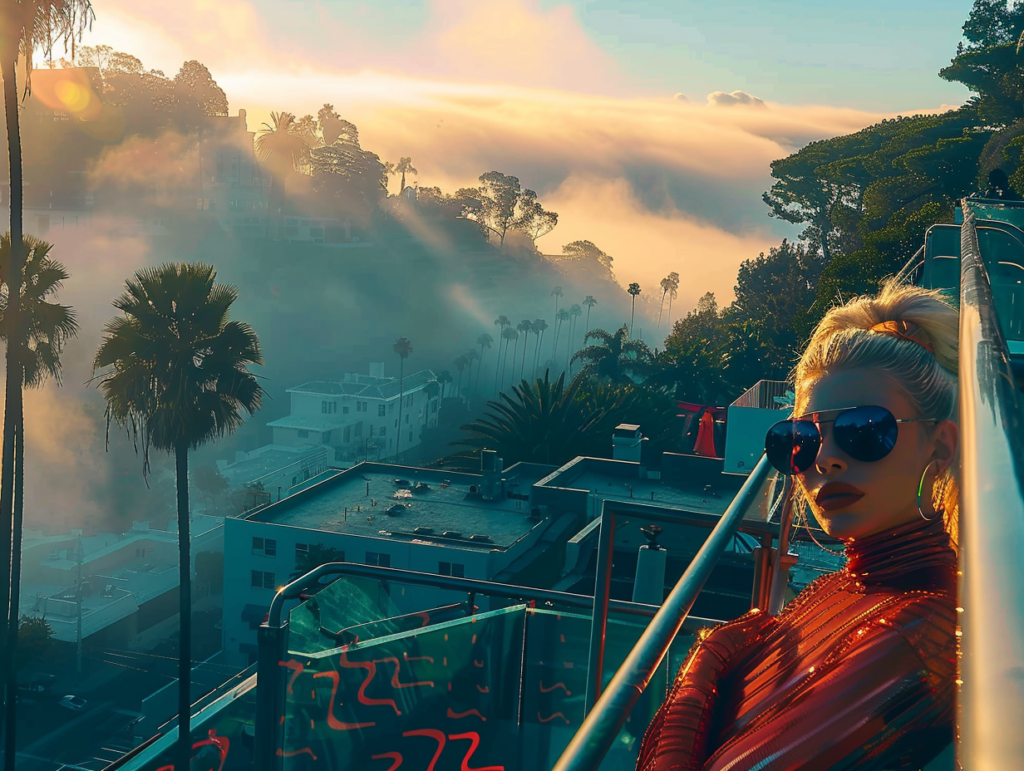
The cost of a Hollywood film is $1 million per minute
In addition to Youtube, platforms like Patreon and sponsorship deals can further monetize their content, creating a new ecosystem where niche content thrives alongside mainstream hits. This model is starkly different from the high-stakes, high-budget environment of traditional Hollywood, where a single flop can spell disaster for a studio. It also aligns with a less risk averse approach that is required in the unpredictable world that produces (or doesn’t produce) consistent viral engagement.
The New Gold Rush: The Picks and Shovels of AI Film
Any investor will tell you that during the gold rush, the real fortunes were often made, not by those panning for gold, but rather by those who sold tools to the prospectors. The same dynamic is true in any speculative new area. In the early days of the web, domain name providers, website hosting services and other foundational technologies provided the digital pickaxes to those seeking their fortunes on the information super highway. During the social media gold rush the big winners were not the owners of the facebook pages but instead the networks themselves.
The evolution of AI will likely pan out (sorry for the pun) the same way. Shapiro poses the intriguing question: “Will someone create the TikTok of high-quality content that provides easy-to-use, no-code tools for content creation and distribution?”
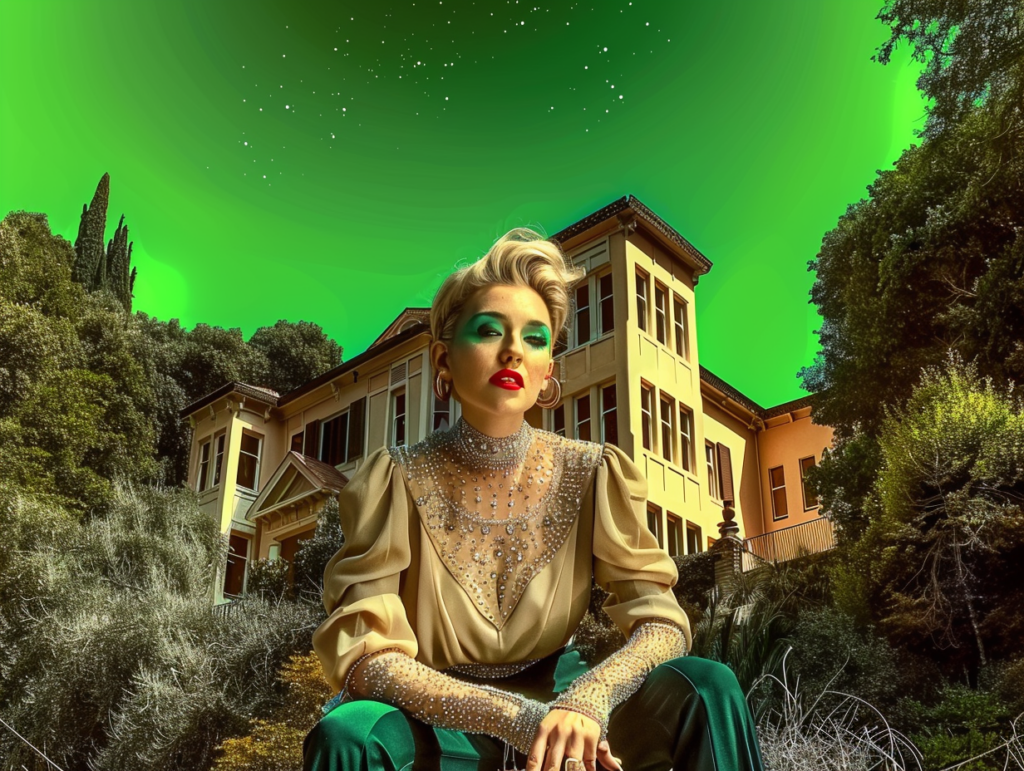
My prediction is that in the AI-driven filmmaking revolution, the equivalent of ‘picks and shovels’ will likely be integrated software solutions and workflows optimized for AI, coupled with managed services. As AI technology becomes more user-friendly, the reliance on agency-like management will decrease, following a trajectory outlined by A16Z in their analysis of generative AI’s in the context of marketing. According to their view, AI will impact marketing in a phased approach as follows:
- AI Copilots will work with teams
- Agents will begin to run automated tasks with less human intervention
- Autonomous AI Teams will be able to run unsupervised
Initially, AI tools will act as copilots, assisting human creators with tasks like scriptwriting, storyboarding, and editing. These tools will evolve into more autonomous agents capable of handling complex production processes with minimal human intervention. Eventually, fully autonomous AI teams could produce entire films independently, from conception to distribution.
This shift will democratize filmmaking, allowing even small creators to leverage advanced tools to produce professional-quality content. However, in the same way that a democratic revolution impacts the nobility, so too will this impact the nobility in Hollywood.
Audience Acceptance and Aesthetic Evolution
Shapiro underscores that audience acceptance will be crucial in this transformation. I agree with this entirely and this is a core concept in how disruption works. Audience tastes will change and they will accept or reject AI in different ways. They may be ok with an AI script but not an synthetic actor, for example. However, the question is not just where the ideas come from (epistemic), but what looks appealing (aesthetic). In most cases the role that AI plays in a production is invisible to the audience (or should be). It is likely that, as was the case with photography, video and the early web, new aesthetics will emerge, potentially redefining storytelling, beauty, drama, and representation.

Disruption Already Underway in Hollywood
Already, AI is making inroads in various stages of film production. Chatbots and AI tools are used for ideation, storyboarding, and pre-visualization (previs). AI can streamline post-production as well, where AI-driven tools can handle complex tasks like voice overdubs, color correction and even generating photorealistic visual effects. B-roll footage, post-production tasks like editing and VFX, localization, title sequences, and trailers are increasingly AI-driven. Shapiro predicts a future where content creators train AIs on their material for initial story development, automated storyboarding, and more.
How Disruptions in Marketing Could Inform AI Film
Video is used in many contexts outside Hollywood and we may see innovation in these spaces that informs what Hollywood 2.0 will look like. Advertising is the most obvious place to look for early indicators and emerging technological trends. We are already seeing AI used to create ads done on spec or for fun.
You could imagine a scenario in the near future where AI film could be used by aspiring influencers to create content that gets boosted (the meta term for goosing UCG) or sparked (TikTok’s mechanism) by the brands they are promoting.
The tactics, workflows and tools that are tested in these short, hyper-responsive formats will inform how film is created. If gen AI is good enough to create an emotionally engaging commercial then the techniques that produced it will be ported to film production. Talented new, AI ad creators could move into short film and feature length content in a way that was not possible before.
The worlds of Content Marketing, Influencer Marketing and Social Media Management will be another class of industries to be shaken up by Gen AI. Initially, the benefits will accrue to the lower end of the market. SMBs and midsize enterprises will use these cost-efficient tools to produce content that nearly matches the high production values of big-budget players. However, as is often the case with innovation, these advancements will eventually move upmarket.
In general, advertising could also see disruptions as a result of the current customer journey being rerouted. Instead of consumers starting with search and ending with a purchase we could see prospective buyers start with chatGPT and go… who knows where? If the buyer journey takes the consumer down a different route, the breadcrumbs of yesterday’s path will no longer be meaningful and therefore the predictive data ad tech companies have been collecting will depreciate rapidly.
Agile Cinema: A New Production Paradigm
Today’s media is two-way and allows advertisers and (to some extent) other media creators the ability to get near real-time feedback. These feedback loops will become a bigger part of all media creation. This shift will necessitate production methodologies that enable rapid iteration and adaptation, similar to how software development evolves through continuous feedback loops. I predict that the future of filmmaking is poised to adopt an agile approach, akin to software development.
In agile cinema, feedback loops about audience engagement levels will drive creative decisions. Just as customer feedback, feature usage, and feature requests guide software development, real-time audience reactions will shape the direction of film projects. This iterative process will allow filmmakers to adjust storylines, character development, and visual effects dynamically, ensuring that the final product resonates more deeply with viewers. We might even have alpha and beta testers that watch an early iteration of the film, much like we test movies in advance of release today. The difference in this case would be one of tempo and reaction speed.
Early experiments show that the concept of agile cinema is closer than many think. For instance, 48-hour film festivals demonstrate the feasibility of high-quality content creation within tight deadlines. If 100 teams produce 10-minute films in 48 hours, that’s 17 hours of content. Scale this up, and real-time cinema becomes a tangible reality, with each ‘scene sprint’ being informed by immediate audience feedback. If a team were able produce a film in parallel (i.e. working simultaneously on multiple scenes) and pull the output together fast enough we could invent a whole new medium.

Ultimately, this iterative approach not only enhances the creative process but also ensures that the final product is a collaborative effort between filmmakers and their audience. By leveraging feedback loops to inform creative decisions, agile cinema creates a dynamic, interactive storytelling experience where audience preferences directly influence the development of the film.
Oh the Horror: The First Genres to Get AI Disrupted
Genres heavily reliant on human actors, such as comedies and dramas, may resist immediate disruption. However, sci-fi, fantasy, action/adventure, and horror—genres where AI has already made significant strides—are primed for transformation.
The potential for AI-driven disruption is particularly pronounced in genres that rely heavily on visual effects and complex world-building. Sci-fi and fantasy films, which often feature elaborate CGI and other digital enhancements, are well-suited for AI intervention. In these genres, AI can automate many aspects of production, from generating alien landscapes to creating lifelike digital characters.
In contrast, genres that emphasize nuanced human interactions and emotional depth may prove more challenging for AI. Comedies and dramas, for instance, rely heavily on actors’ performances, subtle facial expressions, and intricate dialogues. While AI can assist in certain aspects of production, such as editing or visual effects, the core elements of these genres may remain firmly in the human domain for the foreseeable future.
Other Candidates for Early Disruption from Gen AI
As AI continues to evolve, a new video and filmmaking ecosystem is emerging, characterized by increased collaboration between human creators and intelligent machines. As I’ve suggested elsewhere, I predict the first impacts will be in the following areas:
- Animation and Motion Graphics: Low-end animation and motion graphics will see significant automation, reducing costs and increasing accessibility for independent creators.
- Corporate Video Production: AI tools will streamline corporate video production, making it easier for companies to produce high-quality promotional content.
- Real Estate Videography: AI-driven videography tools will transform real estate marketing, providing high-quality virtual tours and promotional videos that can be created using blueprints and digital staging.
- Television Production for Formulaic, Lower-Quality Shows: AI will automate many aspects of television production, particularly for formulaic, lower-quality shows, reducing costs and increasing efficiency. Sorry Harlequin.
- Documentary Production: AI tools will assist in documentary production, from research and scripting to editing and distribution. We are already seeing examples of this from the (fast growing) AI short film community.
- E-Learning and Educational Videos: AI will enhance e-learning and educational videos, providing personalized, interactive learning experiences. Companies like Thinkific are leaders in this field.
- Event Videography: AI-driven tools will streamline event videography, making it easier to capture and edit live events, creating high-quality content quickly and efficiently.
- Music Videos for Emerging Artists: AI tools will democratize music video production, allowing emerging artists to create visually stunning videos without the need for large budgets. This is already happening. The most famous example was Washed Out’s latest video.
- Crowdsourced and Independent Production: Independent filmmakers and crowdsourced projects will benefit from AI’s ability to streamline production processes, making high-quality filmmaking accessible to all. One fun example of this was the T2 Remake.
- Video Game Cutscenes and Trailers: AI will enhance the creation of video game cutscenes and trailers, automating complex animations and visual effects. Trailers are likely to be one of the most impacted areas as competitions for the best AI trailers have already started to spring up and the quality of the work is impressive.

- Kids TV Shows: AI-driven tools will assist in the production of children’s TV shows, generating content that is educational, engaging, and visually appealing.
A Vision of the Future
Imagine a future where independent filmmakers use AI tools to produce feature films, from scriptwriting to special effects. Directors collaborate with AI co-writers for script development, using AI-driven software for storyboarding and pre-visualization. During production, AI manages lighting, camera angles, and directing actors, ensuring perfect shots. Post-production is streamlined with AI handling editing, color correction, and VFX, providing real-time feedback based on audience reactions.
This vision is already becoming a reality. Companies are developing AI tools that automate filmmaking aspects, from content generation to post-production. As these tools become more advanced, they will enable creators to push the boundaries of what is possible in film, television, and digital media.
The Economic Implications
AI-driven filmmaking profoundly impacts the economy by reducing production costs and increasing efficiency, enabling independent creators to compete with established studios. This democratization likely leads to a surge in diverse content.
AI’s rise in filmmaking will also create new job opportunities in AI tool development, data analysis, and digital asset management, bridging the gap between technology and creativity.
Challenges and Considerations
AI in filmmaking poses challenges, including ethical concerns about creative ownership and job displacement. There’s also the risk of AI-driven content becoming formulaic, lacking the human touch that defines great art. Audience acceptance is crucial, as traditional viewers may resist AI-generated content, seeing it as inauthentic.
The Role of Policy and Regulation
Policy and regulation are vital as AI integrates into filmmaking. Governments and industry bodies must establish ethical practices, protect intellectual property, and support workers affected by automation. Clear guidelines on AI use in content creation, addressing data privacy and consent, are essential for fostering innovation while mitigating risks.
Conclusion
AI is set to revolutionize filmmaking, democratizing content creation and disrupting traditional models. This transformation changes film production and consumption, promoting agile, real-time methodologies for greater audience engagement. However, embracing AI’s opportunities requires addressing ethical and regulatory challenges. Those who adapt will lead the future of cinema, blending human creativity with machine efficiency, while those who resist risk being left behind.
NOTE: This analysis is an updated version of a previous post that incorporates new insights from extensive research on The Best AI Filmmakers in the World, Doug Shapiro’s excellent work on the topic, Stephen Follows’ analysis, and discussions with other creatives and business leaders in the field.
